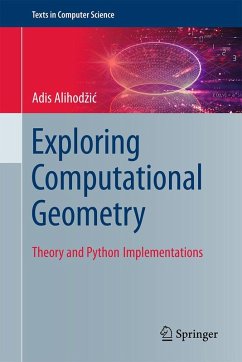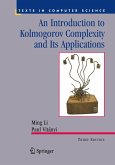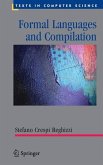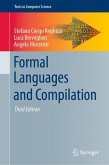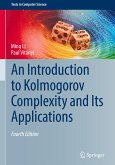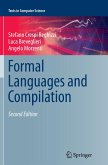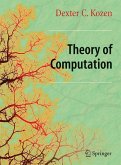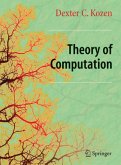Computational geometry plays a vital role in fields ranging from algorithms, data structures, robotics, and computer graphics to geographic information systems and AI.
Providing a comprehensive toolkit, this core textbook constructs a strong bridge between rigorous geometric theory and practical, real-world implementations making complex concepts accessible and engaging. Uniquely, the volume presents a modern approach to computational geometry through the lens of Python programming. Emphasizing clarity, structure, and visualization, the book introduces core geometric structures and algorithms, supported by detailed illustrations and interactive examples. With its project-based learning orientation and emphasis on conceptual understanding, it can serve as both a textbook and a reference guide for those exploring the computational side of geometry.
Topics and features:
· All geometric algorithms implemented in native Python
· 400+ illustrations and visualizations
· Includes project-based exercises for students
· Coverage: Core Structures and Algorithms, Geometric Objects in Python, Algorithms for Geometric Objects, Convex Hull Algorithms in 2D and 3D, Polygon Triangulation Methods, Delaunay Triangulation, Voronoi Diagrams, Visualization Techniques, Algorithms for Space Exploration, Quadtrees, Robot Motion Planning, AI in Computational Geometry
· Suitable for advanced undergraduate and graduate courses
·
Providing a comprehensive toolkit, this core textbook constructs a strong bridge between rigorous geometric theory and practical, real-world implementations making complex concepts accessible and engaging. Uniquely, the volume presents a modern approach to computational geometry through the lens of Python programming. Emphasizing clarity, structure, and visualization, the book introduces core geometric structures and algorithms, supported by detailed illustrations and interactive examples. With its project-based learning orientation and emphasis on conceptual understanding, it can serve as both a textbook and a reference guide for those exploring the computational side of geometry.
Topics and features:
· All geometric algorithms implemented in native Python
· 400+ illustrations and visualizations
· Includes project-based exercises for students
· Coverage: Core Structures and Algorithms, Geometric Objects in Python, Algorithms for Geometric Objects, Convex Hull Algorithms in 2D and 3D, Polygon Triangulation Methods, Delaunay Triangulation, Voronoi Diagrams, Visualization Techniques, Algorithms for Space Exploration, Quadtrees, Robot Motion Planning, AI in Computational Geometry
· Suitable for advanced undergraduate and graduate courses
·

